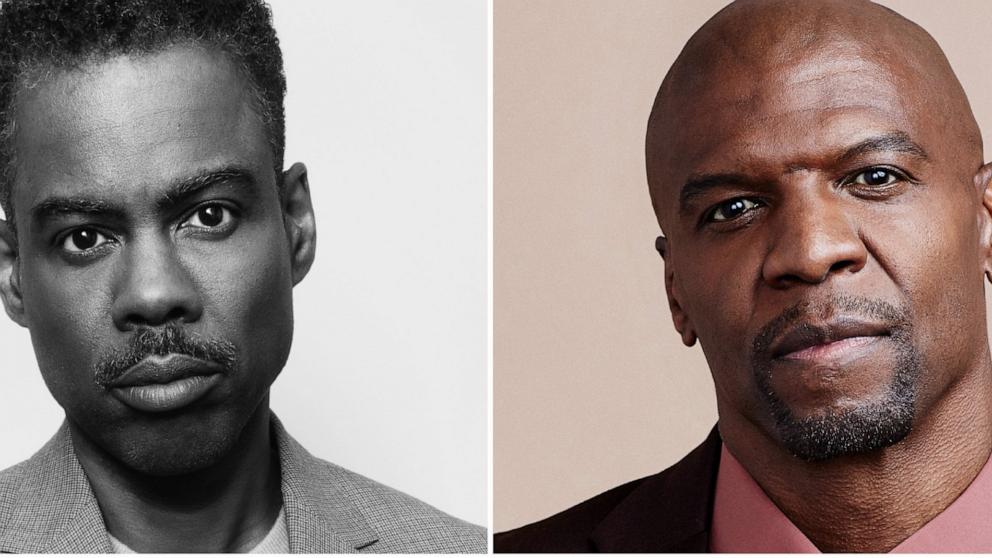A World War I veteran is the first victim of the Tulsa Race Massacre identified in the city’s years-long investigation

Researchers have identified a victim of the 1921 Tulsa Race Massacre buried in Oaklawn Cemetery, the latest discovery in a years-long investigation of unmarked gravesites. Photo by Adam Kemp/PBS News
TULSA, Oklahoma – The City of Tulsa has announced that it has identified the first victim of the Tulsa Race Massacre during its years-long investigation and efforts to recover remains from unmarked burial sites.
Forensic scientists have used DNA to identify the remains of CL Daniel, a U.S. World War I veteran with family ties to Georgia, Tulsa Mayor GT Bynum announced Friday. He was estimated to be about 20 years old at the time of his death.
Daniel had been working in Utah and may have stopped in Tulsa on his way back to Georgia, officials said. He died sometime during the massacre, which began when a white supremacist mob, including some law enforcement officers, descended on the city’s Greenwood District, also known as Black Wall Street.
The mob burned down homes and businesses, killing an estimated 75 to 300 blacks.
Watch the latest statement from the Mayor of Tulsa regarding the city’s investigation into the Tulsa Race Massacre gravesites. Video by PBS News
This identification is the first since the city of Tulsa announced its efforts to identify the victims of the massacre in 2018. It is intended to give the families and descendants of the unmarked graves recognition they never received more than 100 years ago.
Brenda Nails-Alford, a descendant of another Tulsa Race Massacre victim, was present when the mayor and officials from the Intermountain Forensics Lab announced their discovery.
“This day has taken forever to come to fruition,” Nails-Alford said. “Today I think of the families and community members who have lost loved ones they were unable to remember.”
Brenda Nails-Alford, a descendant of a victim of the Tulsa Race Massacre, spoke at Friday’s press conference. Tulsa Mayor GT Bynum (left) announced that researchers have identified the first person from an unmarked grave of victims of the 1921 Tulsa Race Massacre. Photo by Adam Kemp/PBS News
Bynum thanked the forensics team and the Tulsa community for driving and funding the investigation over five years ago.
“His family didn’t know where he was buried for 103 years until this week,” Bynum said at a news conference Friday. “I hope this generation of Tulsans can appreciate that you helped this family find their relative after he was missing for 103 years.”
Forensic experts at the Salt Lake City laboratory said the circumstances of Daniel’s death were unknown, but his remains showed no signs of gunshot wounds.
Daniels’ connection to the Tulsa Race Massacre, which destroyed a thriving black Wall Street and burned more than 1,000 homes, was confirmed after researchers found records from the National Archives that included a 1936 letter from the family attorney to the Veterans Administration inquiring about his benefits on behalf of his mother.
“CL was killed in 1921 during race riots in Tulsa, Oklahoma,” the letter said.
A significant portion of the next of kin’s DNA matched remains from Grave Site 3 at Oaklawn Cemetery, one of the known locations where massacre victims were buried after the attack.
Alison Wilde, the genealogy case manager, said her team felt the burden and responsibility to identify Daniel because of the historic tragedy of the massacre.
“We are continually impressed by the Greenwood and Tulsa Massacre descendant communities who preserve the story of the unknown victims of the Tulsa Massacre and serve as guardians for them,” Wilde said. “Today, Mr. CL Daniel’s family members join these communities. I am confident that his next of kin and the memory of their loved one are in good hands.”
A view of Oaklawn Cemetery in Tulsa, Oklahoma, where CL Daniel’s remains were discovered. Photo by Adam Kemp/PBS News
Forensic officials say 17 other gravesites at Oaklawn Cemetery remain unidentified.
Using data submitted through online family tree search services, researchers were able to identify positive DNA matches. Intermountain Forensics was then able to contact several individuals whose DNA segment matched the remains found in Grave 3.
For privacy reasons, the names and identities of next of kin have not been released, but the family has no ties to Tulsa.
As part of the city’s ongoing investigation, four sites have been identified: Oaklawn Cemetery, Newblock Park, another area near Newblock Park, and Rolling Oaks Memorial Gardens, formerly Booker T. Washington Cemetery.
Oklahoma State archaeologist Kary Stackelbeck announced last year that 59 graves were found during the survey. Seven remains were exhumed during that search. The previous three excavations exhumed 35 graves. Of those, eight have yielded genetic genealogy profiles, according to the city.
The Oklahoma State Supreme Court in June dismissed a lawsuit filed by the last two survivors of the massacre. The plaintiffs argued that under the Public Nuisance Law, the city’s response to the massacre “continues to subject them to racially disparate treatment and city-created barriers to meeting basic human needs.” The court ruled that while their claims were legitimate, they fell outside the scope of the state law. The survivors — Viola Fletcher, 110, and Lessie Benningfield Randle, 109 — have asked the court to reconsider its decision. A third plaintiff in the case, Hughes Van Ellis, died last year at age 102.
The City of Tulsa is working on the next steps to honor Daniel and provide him with a proper burial in accordance with the wishes of his next of kin. His remains remain at Oaklawn Cemetery.
“This identification confirms the need to continue our search, knowing that identification and reunification is possible,” Bynum said.



